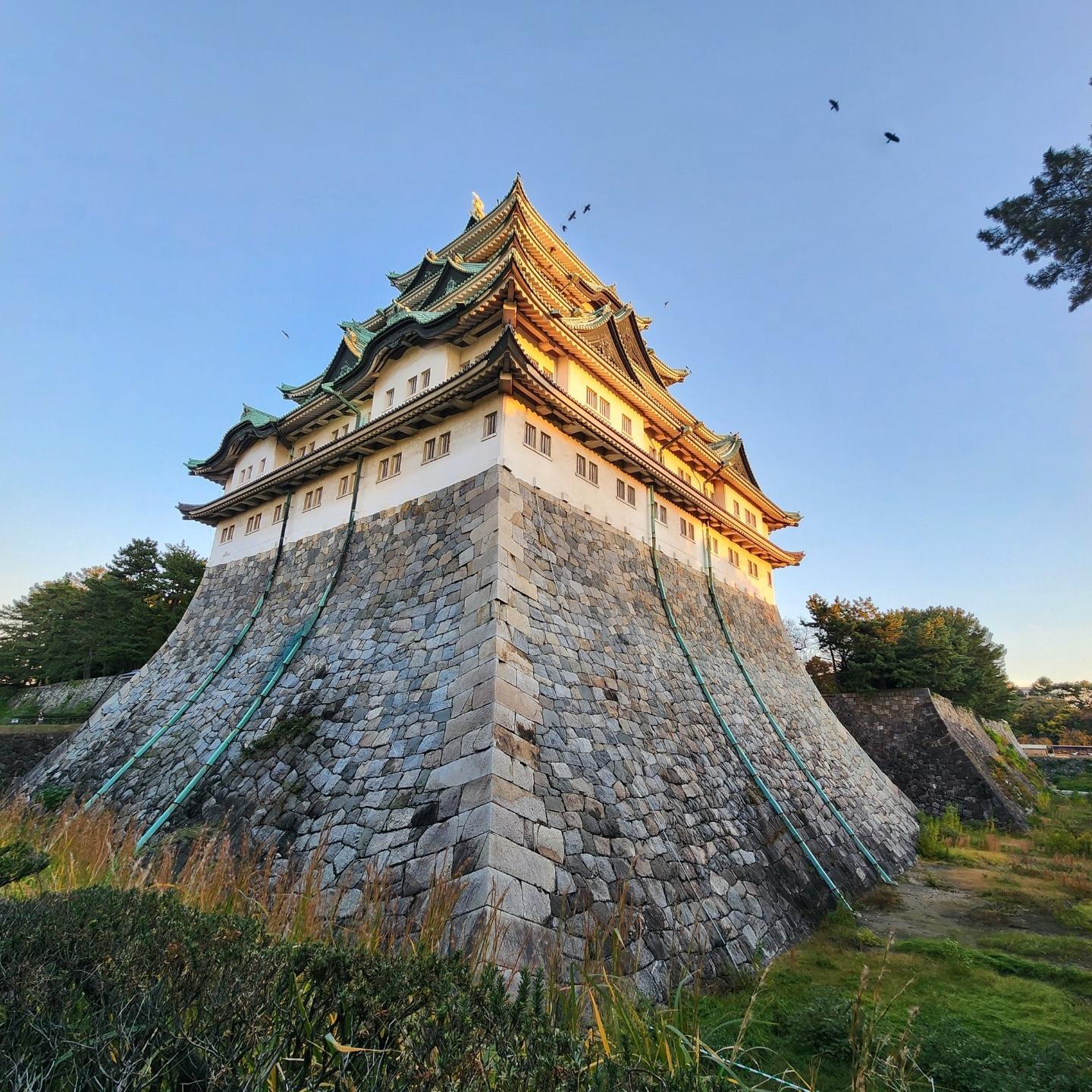So cool. If you zoom in on the upper right, you see a little crescent. That's the Martian moon Phobos.
Zoom in again and you'll see a star next to Phobos. That's Earth! That's home.
Seen from Mars by NASA's Curiosity rover.
https://science.nasa.gov/photojournal/curiosity-views-earth-setting-phobos-rising/ #science #space #astronomy





